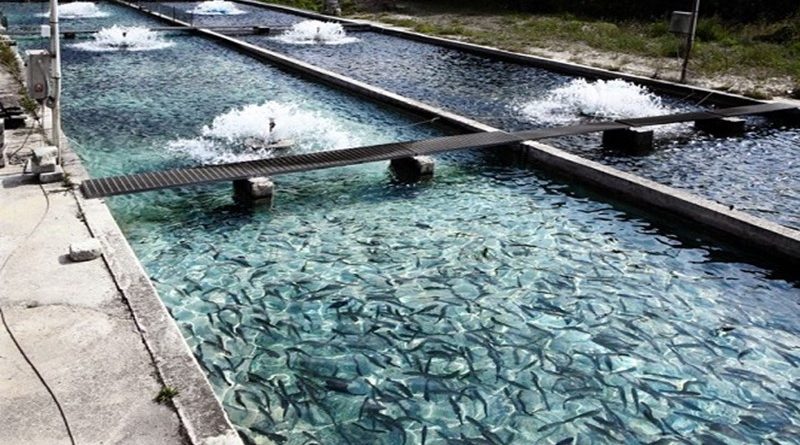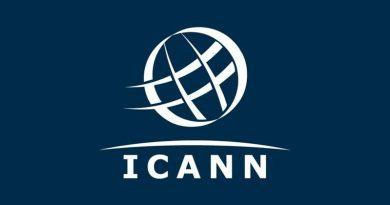Aquaculture market to reach $245 billion global market size by 2027, report
With COVID-19 having a damaging impact on Aquaculture market, the market is expected to lose steam before recovering to reach a projected global market size of $245.1 billion by 2027 according to the recent report by Research and Markets.
Stringent lockdown measures imposed by governments worldwide to control the spread of the pandemic have cast a shadow on food and nutrition security. Global food supply chains are severely disrupted as governments move swiftly to implement trade restrictions to protect domestic food supplies, a move that has and continues to impact countries dependent on food imports.
Fish and aquatic food value chain is currently witnessing a medley of challenges ranging from shutdown of operations, changing consumer demands, market access and logistical problems, and transportation and border restrictions. Fishing fleets are tied up as part of the restrictions negatively impacting commercial fishing which is a major part of the global food system.
Closure of restaurants and hotels, who represent large buyers of fish and seafood, has impacted sales significantly. Lower demand, setbacks to exports and higher costs of operations are chipping off profit margins of fisheries and seafood companies.
Supply chain interruptions caused by disruptions in transportation, trade and labor have halted aquaculture operations. Delayed stocking of aquaculture feed and systems is impacting production with rising prices threatening to be a key fallout.
The value chain for fish and fish products is labor intensive and all of these factors discussed above are impacting food security and nutrition for populations that rely on fish for animal protein and essential micronutrients. Unless immediate corrective measures and policy changes are made, seafood a critical part of food security goals, will become less affordable for the poor under the current scenario.
China represents the largest market worldwide. Developing countries such as India, Indonesia, and Vietnam are forecast to strengthen their position as major contributors to aquaculture production in the coming years, led by factors such as rising standards of living and increase in per capita seafood consumption; establishment of new fish farms for export production; availability of large government schemes and heavy investments supporting aquaculture and fisheries; growing awareness over fish health, breeding and management; and strict regulations governing ocean catch and clampdown on destructive fishing and the ensuing increase in investments in aquaculture.




